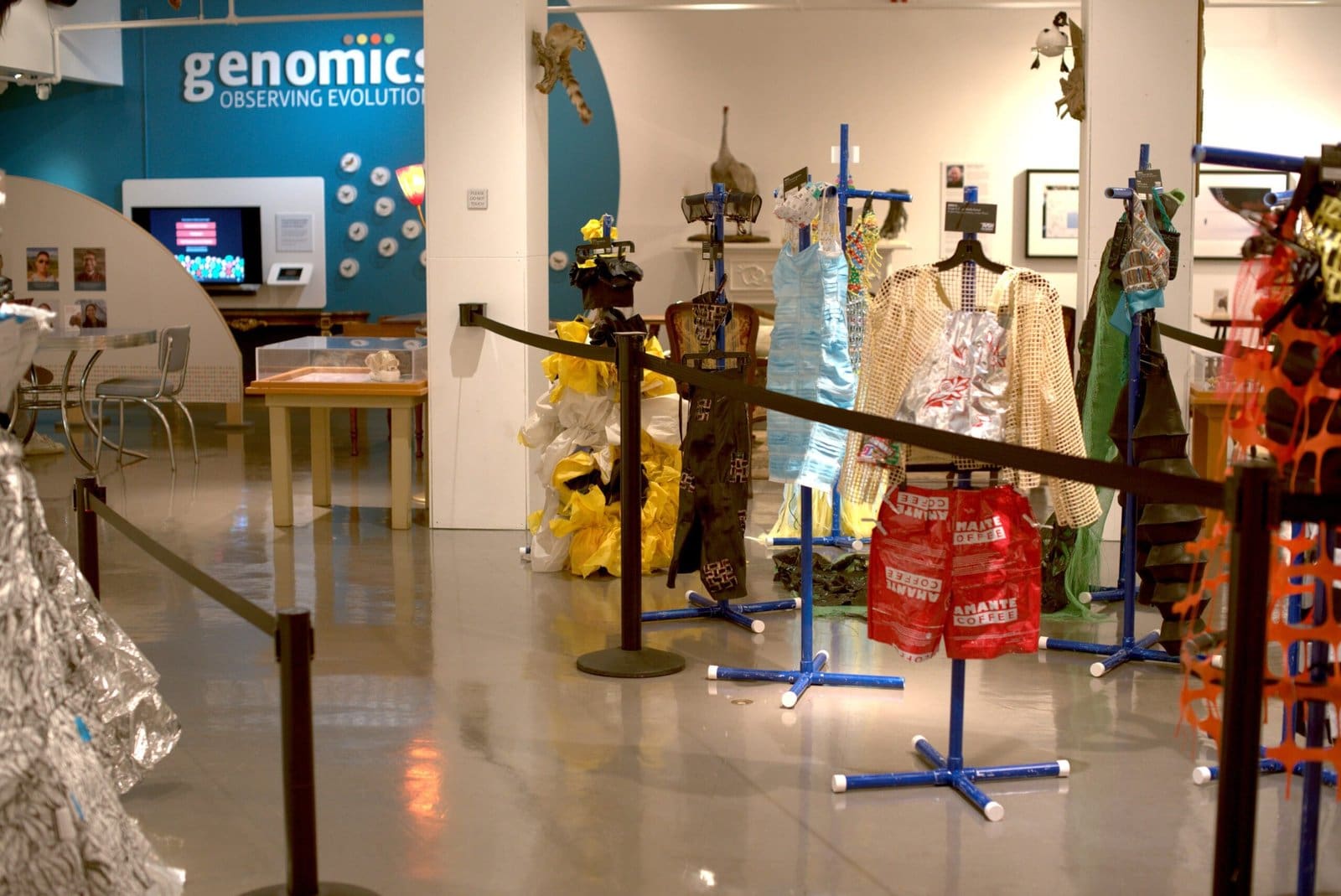With its curriculum, Trash the Runway, developed for students to discover the world of fashion design while being sustainable, Common Threads’ Creative Lab elevates upcycling to a new level. The event was held at The University of Colorado Boulder’s Macky Auditorium this year, and it attracted a sizable audience to display all of the imaginative and environmentally friendly styles of the season.
Owner of Common Threads Libby Alexander and Creative Lab mentor Sarah Tracy came up with the idea. Creative Lab is a programme offered by Common Threads, a boutique consignment store with locations in Boulder and Denver, where people of all ages can enrol in sewing and fashion-related classes. One of the many classes Creative Lab offers is called Trash the Runway, although it is only open to middle and high school students.
For Earth Day, the original event was created in cooperation with the Boulder Museum of Contemporary Art. It began with just 9–10 pupils and gradually increased in size every year. In 2019, they changed the name of the initiative to Trash the Runway and registered as a nonprofit corporation in Colorado. Tanja Leonard, a former mother of a Trash the Runway designer, is now in charge of running the programme.
The task is to design and construct a wearable head-to-toe suit made entirely of trash. This is no easy task. Designers have an entire year to gather materials, but they only have two months to put everything together. A runway show to celebrate their efforts and display their creations is held at the conclusion of the procedure.
The materials that can be used by designers to create their creations must meet a set of requirements. The material may be used if, in Leonard’s words, it “has to be disposed of in the garbage because it is no longer suitable for its original function.” The item cannot be one that is recycled or composted, per Boulder City regulations. Duct tape, ordinary fabric, buttons, and zippers are prohibited items. They can only utilise glue and thread as non-waste materials.
The designer is free to choose any and all materials, but they must be “found”—that is, acquired—either through friends or in their own homes. Leonard makes a list of the items they need and contacts people to gather them if they need more of a particular type of material. Given these requirements, designers are forced to use a great deal of imagination and attention to create designs that are both aesthetically pleasing and useful.
Since programmes often draw sizable crowds and a lot of sponsors, the community lends a lot of support to the programme locally. The neighbourhood even saw to it that a virtual runway was broadcast on City of Boulder TV during COVID.
The runway show at Boulder Theater always sold out, so this year’s performance was moved to Macky Auditorium, where 885 people showed up in force.
The runway included outfits made from materials including coffee bags, inner tubes from tractor tyres, swim caps, trampolines, butter wrappers, and more. Designers have created interesting and well-fitted dresses, pants, hats, jackets, and more in a variety of styles and colours despite the materials they had available. The apparel is so beautifully made that it even competes with non-trash clothing.
After graduating from the programme, the majority of participants continue to return year after year to continue their studies in a subject linked to design.

